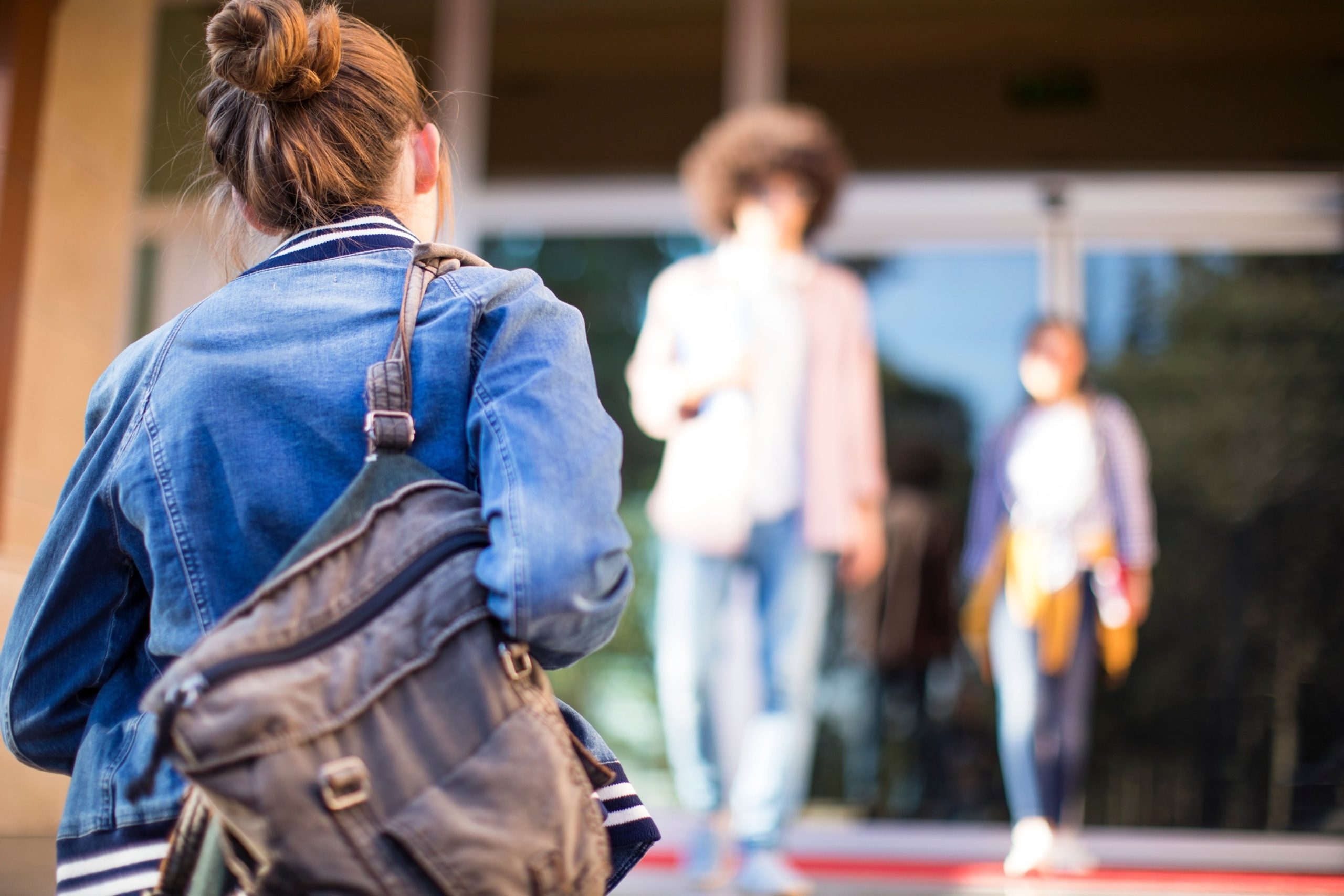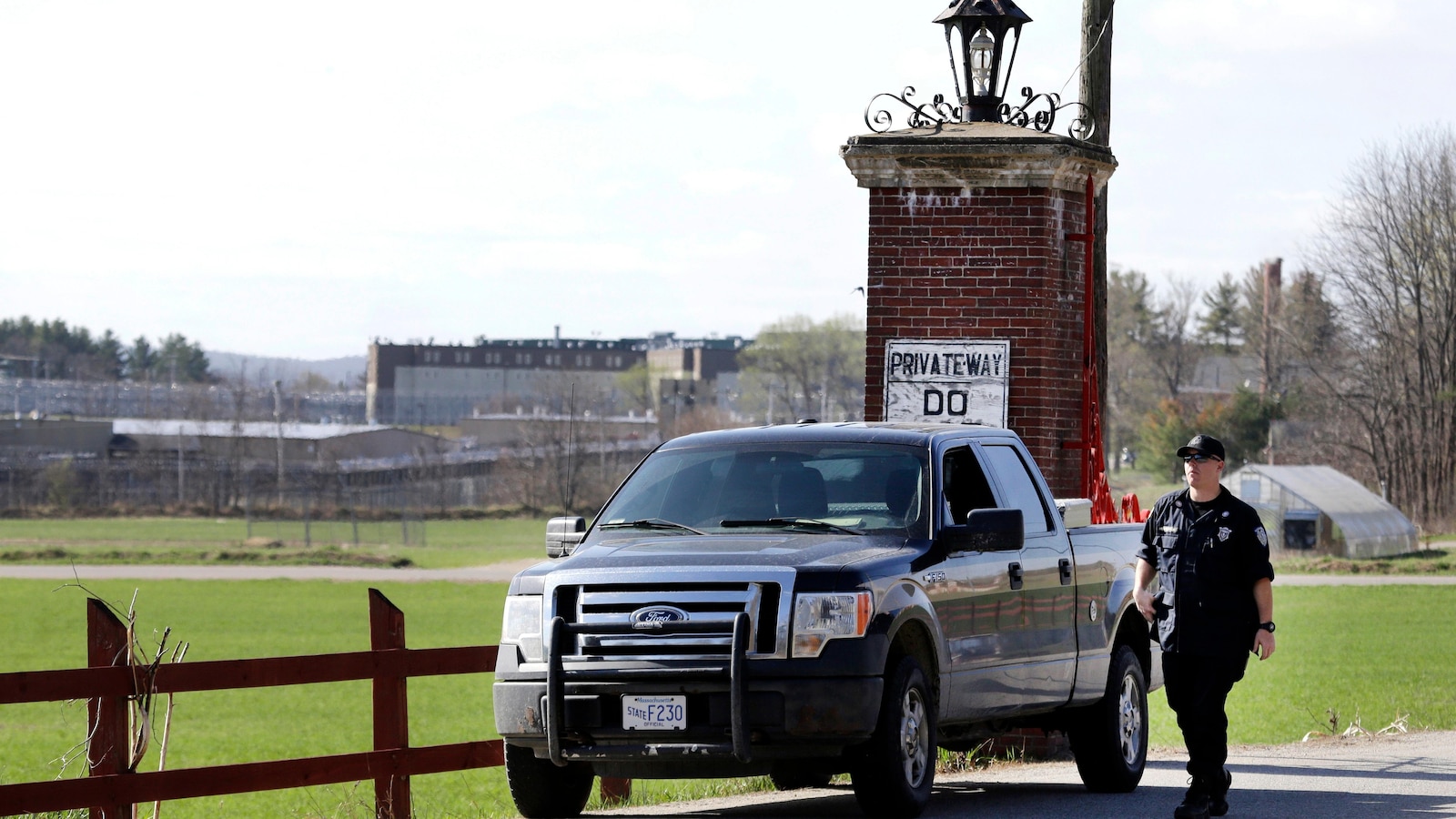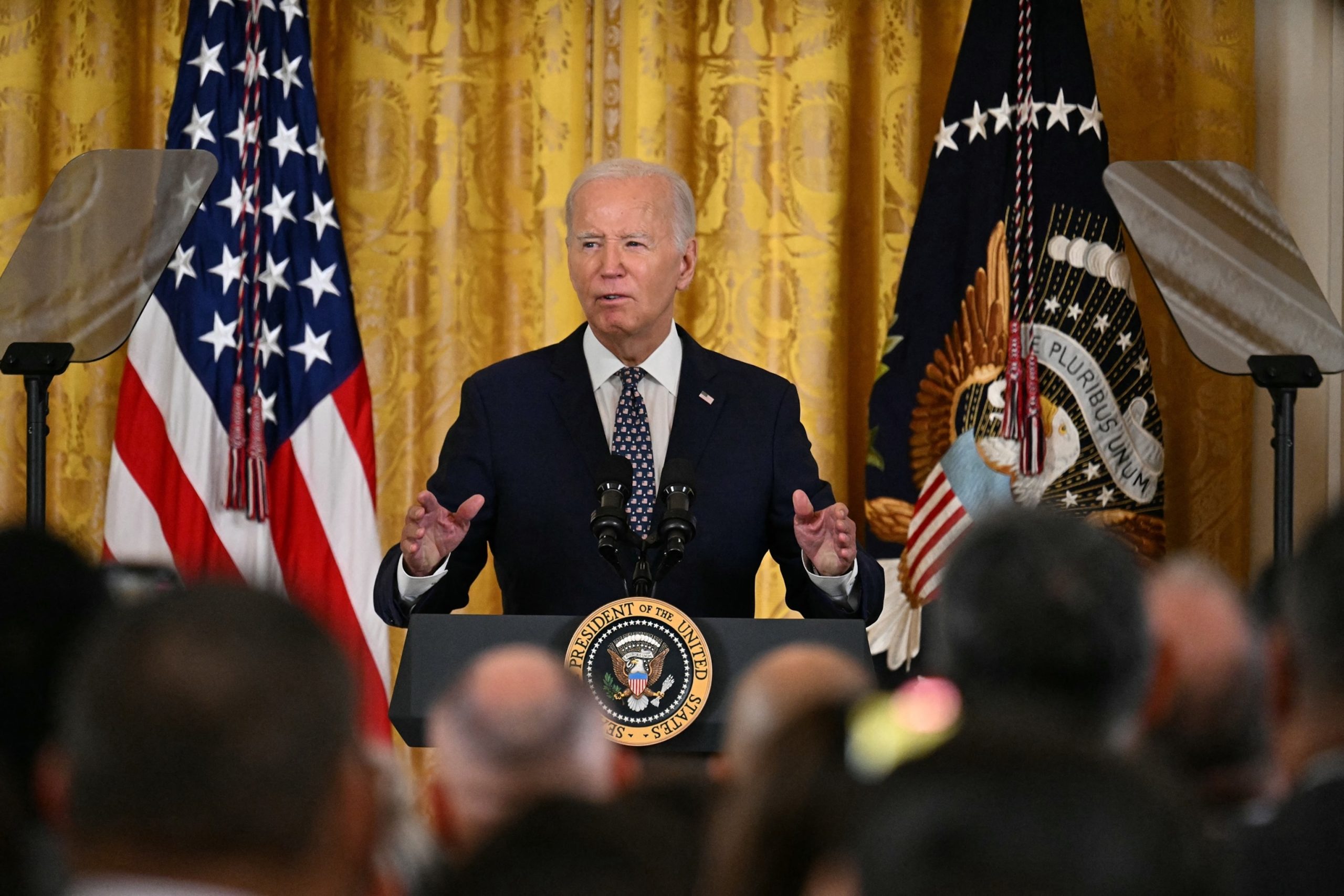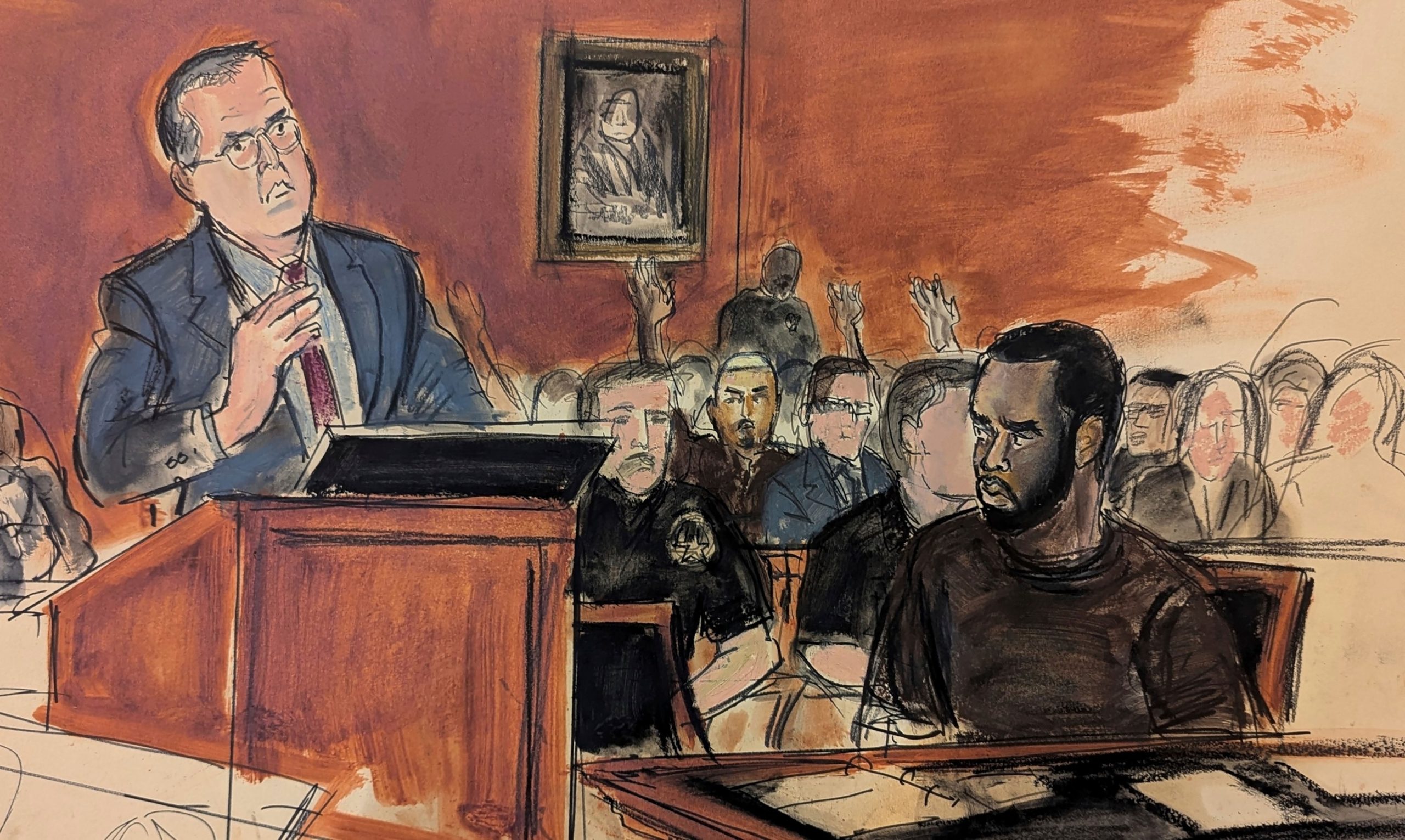More than one year after the Supreme Court set new limits on the use of affirmative action in college admissions, the results of the controversial decision are beginning to trickle in.
However, the results are a mixed bag, with schools seeing varied changes in the diversity makeup of their incoming freshman class after adjusting their admissions policies.
For example, the Yale University class of 2028 saw no difference from the class of 2027 when it came to the percentage of African American students and Native American students. The Hispanic/Latino and International student populations remained roughly the same, dropping and rising, respectively, by 1%. However, the Asian American population dropped by 6%, the white population rose by 4%.
When comparing Massachusetts Institute of Technology’s class of 2027 to 2028, the Black population dropped from 15% to 5%, the Hispanic/Latino population dropped from 16% to 11%, and the white population decreased by 1%.
The Asian American population increased from 40% to 47% and both the American Indian/Alaskan Native and international populations increased by 1%.
Affirmative action policies allowed institutions to take into account an individual student’s race or ethnicity as one factor of many during the college admissions selection process. It rose to popularity in the 1960s to address racial inequities in access to higher education.
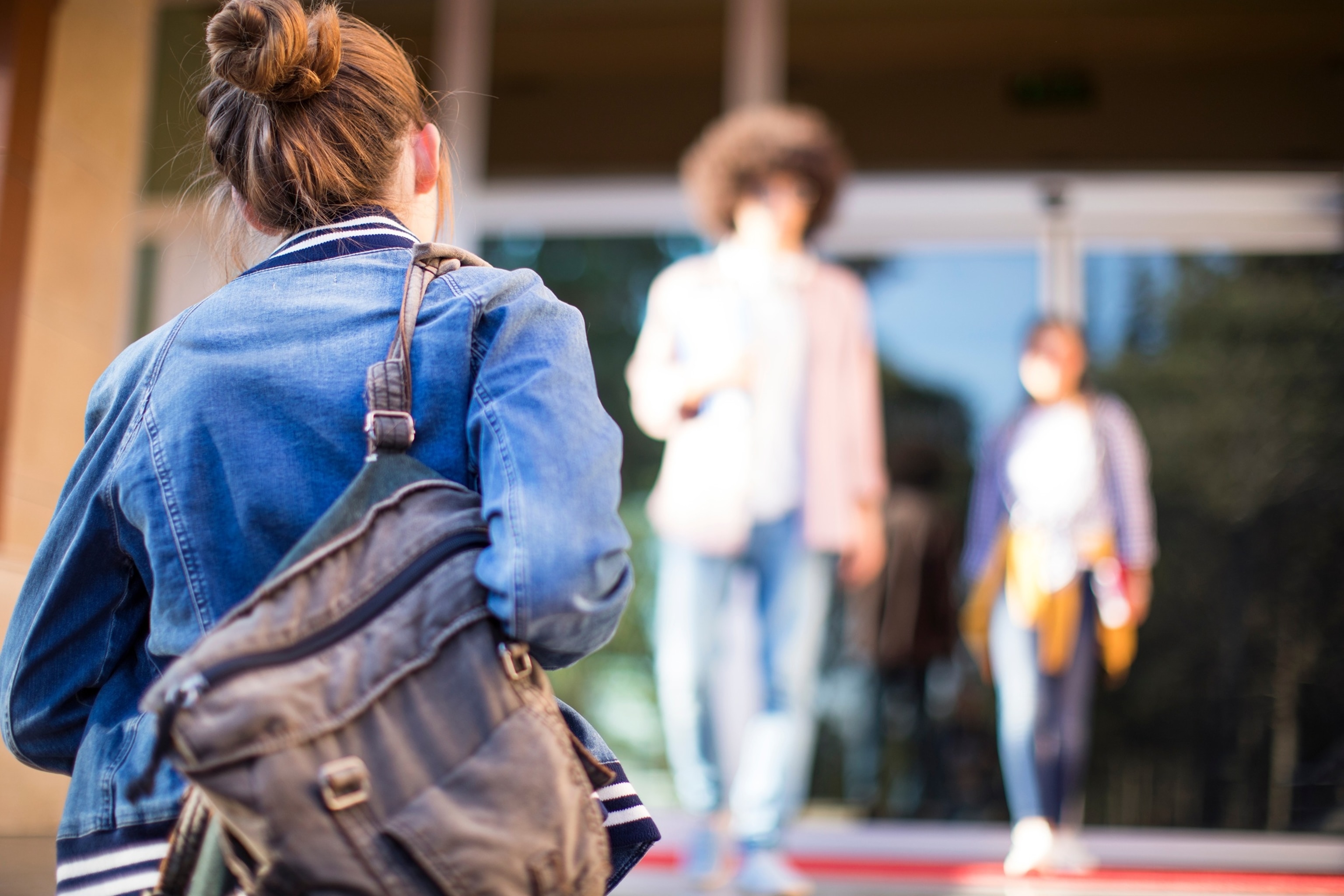
A student at a university campus.
STOCK PHOTO/Adobe Stock
Researchers previously told ABC News that societal injustices – such as economic inequality, segregation and academic inequity in K-12 schools – as well as the lasting impact of historical exclusion from colleges and universities against Black and brown students have led to the continued underrepresentation in four-year institutions.
A landmark Supreme Court ruling in 1978 – in the case of Regents of the University of California v. Bakke – cemented affirmative action policies in college and university admissions for decades and led to an increase in diversity on campuses.
However, the 2023 decision by the Supreme Court sided in part with Students for Fair Admissions, a conservative group that challenged race-related admissions policies. Members argued that the affirmative action policies at the schools were discriminatory against white and Asian students.
Now, as a new class of students head back to campus, many are looking at how schools might feel the impact of the required policy change.
Here’s a look at the difference in student diversity at several other institutions that have published their class breakdown:
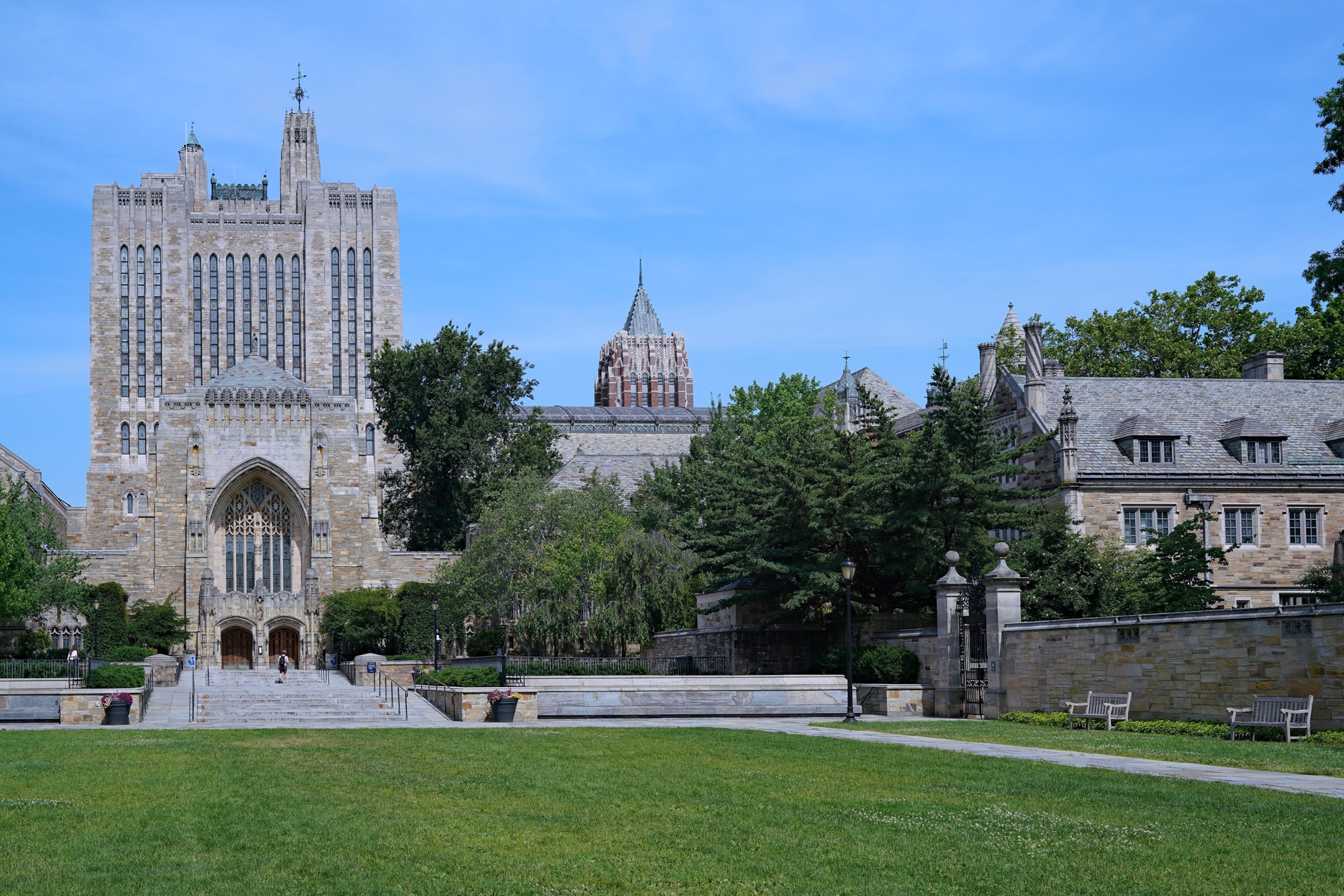
Yale University campus.
STOCK PHOTO/Adobe Stock
Princeton University saw a decrease in its Asian population and International incoming populations, both of which dropped by about 2%. The Black or African American incoming population saw a .1% dip, and the Hispanic/Latino population saw a 1% dip.
However, at least 7.7% of the class’ racial or ethnic identity is unknown. Princeton did not publish the percentage of white students in its class of 2027, but noted that 31.3% of students in the class of 2028 are white.
Amherst College in Massachusetts reported larger drops in the Black and Latinx incoming student population. The incoming Black student population decreased from 19% to 9% and the Latinx population decreased from 14% to 10%, the American Indian or Alaska Native incoming population dropped by 1%.
The percentage of white students rose by 2% and the Asian student percentage increased by 1%.
In recent years, college admissions policies have come under scrutiny for their lack of diversity and inclusivity. This issue has been further exacerbated by the Supreme Court’s ruling on affirmative action in college admissions. The ruling, which came in 2016, upheld the use of race as a factor in admissions decisions, but also placed limits on how it can be used.
One of the key arguments in favor of affirmative action is that it helps to promote diversity on college campuses. By considering race as one of many factors in the admissions process, colleges are able to create a more diverse student body that reflects the broader population. This diversity is not only beneficial for individual students, who are exposed to a wider range of perspectives and experiences, but also for society as a whole, as it helps to break down barriers and promote understanding between different groups.
However, the Supreme Court ruling also highlighted the need for colleges to be more transparent in how they use race in admissions decisions. Colleges are now required to provide clear and specific justifications for why they consider race in their admissions process, and to demonstrate that they have considered other factors as well. This has led to increased scrutiny of colleges’ admissions policies, as critics argue that some institutions may be using race as a way to discriminate against certain groups.
In response to the ruling, many colleges have begun to reevaluate their admissions policies and practices. Some have implemented new programs and initiatives aimed at increasing diversity on campus, such as outreach programs targeting underrepresented minority groups and scholarships for students from disadvantaged backgrounds. Others have focused on improving the transparency of their admissions process, by providing more information about how race is considered and how it impacts admissions decisions.
Overall, the Supreme Court’s ruling on affirmative action in college admissions has sparked a national conversation about diversity and inclusivity in higher education. While the ruling has placed limits on how race can be used in admissions decisions, it has also highlighted the importance of promoting diversity on college campuses and ensuring that all students have equal access to higher education. Moving forward, colleges will need to continue to adapt and evolve their admissions policies to ensure that they are both fair and inclusive.
